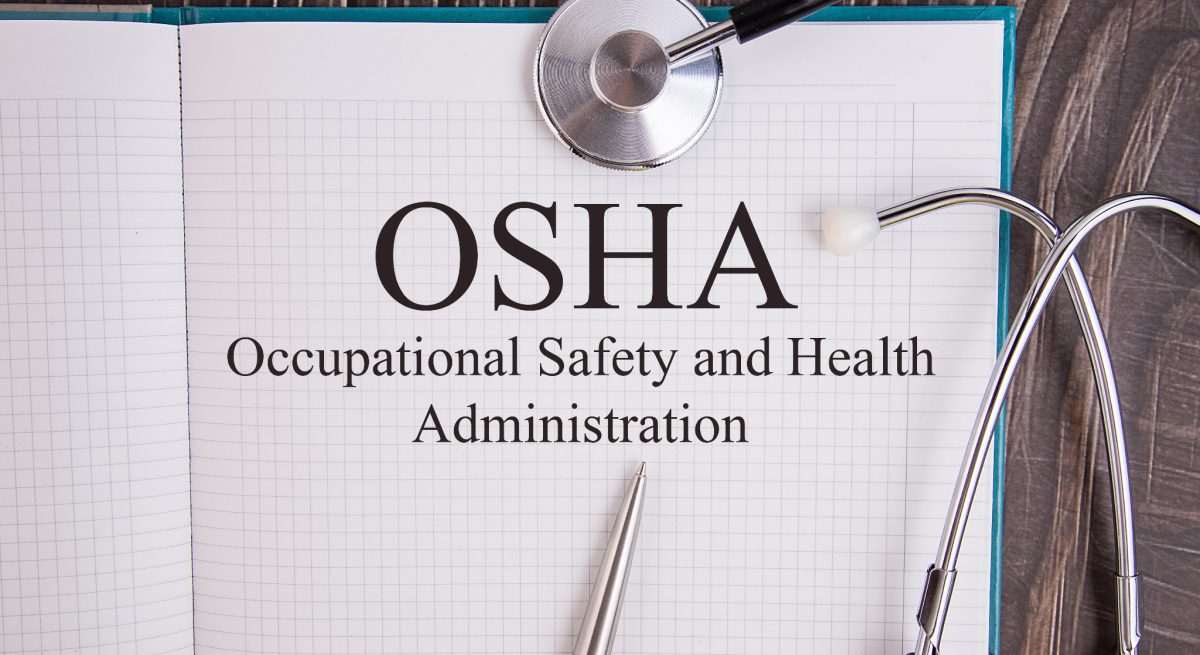Longer Pandemic, More Employer Obligations: The Latest from OSHA and How it Affects Your Restaurant
4 Min Read By Katy Willis
In the most recent of a series of guidance, the Occupational Safety and Health Administration (“OSHA”) issued “Protecting Workers: Guidance on Mitigating and Preventing the Spread of COVID-19 in the Workplace,” on January 29. The guidance informs employees of what they should know. In addition, the guidance, while characterized by OSHA as making recommendations that are “advisory in nature,” appear to impose additional obligations on employers to make their workplaces safe for employees as the COVID-19 pandemic trudges into 2021. It is worth noting that OSHA is, in fact, conducting workplace inspections and issuing citations for failure to provide a workplace free of serious hazards relating to COVID-19.
OSHA’s January 29, 2021 guidance reminds employees of the following:
- Social distancing of at least six feet is one of the best ways to protect yourself from exposure to COVID-19. For restaurant employees, this includes both co-workers and customers.
- Practicing good hygiene is important, as is hand washing. Employees are reminded to consistently monitor their personal health for any potential symptoms.
- Wearing face coverings is critical in slowing the spread of COVID-19. Utilizing the CDC’s recommendation, OSHA reminds employees that face coverings should be made of at least two layers of a woven breathable fabric and should not have exhalation valves or vents. Employees should wear masks even if they do not feel sick. This is especially important for restaurant employees who, by virtue of doing their jobs, may not be able to maintain six feet of distance between themselves and/or the customers that they serve.
But the guidance does not stop there. OSHA reminds employers, including those in the restaurant industry, that, under the general duty clause, all employers have a duty to provide a safe workplace free of hazards likely to cause death or serious physical harm. That duty extends to limiting the spread of COVID-19 in the workplace. OSHA strongly recommends that employers have in place a COVID-19 prevention program.
Here's a list of OSHA’s recommended steps and some practical advice on how restaurants can attempt to comply:
- Assign a workplace coordinator for COVID-19 efforts. For restaurants, this would be best handled by a manager with some practical, hands-on experience and who has a solid rapport with employees, but will not be afraid to enforce restaurant requirements.
- Identify hazards of when and where employees may be exposed to COVID-19. For restaurants, this seems relatively simple, but employers should not stop at customer service areas or food preparation areas. Also consider lobbies (where customers may gather and wait), as well as bars.
- Identify a combination of measures that will limit the spread of COVID-19. OSHA notes that this will involve a variety of engineering controls, administrative policies, and personal protective equipment. For restaurants, this may mean blocking off tables to ensure social distancing (which may coincide with state or local requirements) or installing Plexiglass at host/hostess stations. Workplace policies should include face covering requirements and how and to whom to report symptoms or potential COVID-19 exposure. PPE may include face shields and/or masks.
- Consider additional protections for those employees who are higher risk. This advice by OSHA is a bit trickier, as restaurants cannot “single out” those who are older or those who have known medical conditions without potentially violating age and disability discrimination laws. What restaurants can do is make known to their employees that, if they consider themselves to be higher risk for any reason, they may confidentially disclose that information to Human Resources and/or the COVID-19 coordinator, who will attempt to work with the employee on additional protective measures.
- Establish a system of effective communication with employees regarding COVID-19. Ensure that employees are kept up to date on restaurant policies and procedures. Make sure contact information is kept current and that information can be disseminated quickly if necessary. Also, if you have employees who do not speak English, you need to find ways that you can communicate with them that they will understand.
- Educate and train your workers on COVID-19. Though it seems that everyone is well aware of COVID-19, its transmission, and its risks, more information cannot hurt, especially as guidance from the CDC and other agencies continues to change. Restaurant operators should get creative and use communication/education methods such as signage, text messages, or email blasts.
- Offer employees guidance on screening and testing. Get to know your local resources for testing and screening. If possible, establish relationships with clinics or testing sites that can be readily available to your employees. Provide contact information as part of your overall educational program.
- Require that ill or exposed employees stay home. This requirement needs to be part of your overall COVID-19 strategy. A COVID-19 coordinator can be helpful in this regard by making this requirement clear and ensuring that it is in fact enforced. Another component of this strategy is making certain that ill workers are isolated and sent home from their shifts immediately upon the onset of symptoms.
- Minimize the negative impact of quarantine and isolation on workers. Many restaurant workers are paid hourly, so every hour of work missed means lost earnings. Consider relaxing attendance requirements when employees are home due to COVID-19 infection and/or exposure. Look for ways to assist employees financially if they are unable to come to work due to COVID-19.
- Prohibit retaliation against employees who express COVID-19 related safety concerns. OSHA prohibits retaliation against those employees who raise reasonable concerns about workplace safety. This protection extends to those who raise issues relating to COVID-19 safety measures. Employees should be made aware of this protection through the educational program, and supervisors and managers should receive training on what constitutes retaliation and prohibited behaviors.
- Perform enhanced cleaning and disinfection. For restaurants, this goes without saying. However, consider more frequent and/or additional methods, especially if an employee appears to be symptomatic or an exposure/infection is reported.
- Make sure you are complying with OSHA recording requirements. In the unfortunate event that one of your employees misses work, requires hospitalization, or passes away due to a work-related COVID-19 exposure, your OSHA 300 log must be recorded promptly and accurately.
Perhaps the greatest challenge of COVID-19 for employers is its constantly changing nature and shifting requirements. It is important that restaurants remain vigilant about employee safety and health, while balancing customer service and sustainable business operations.


